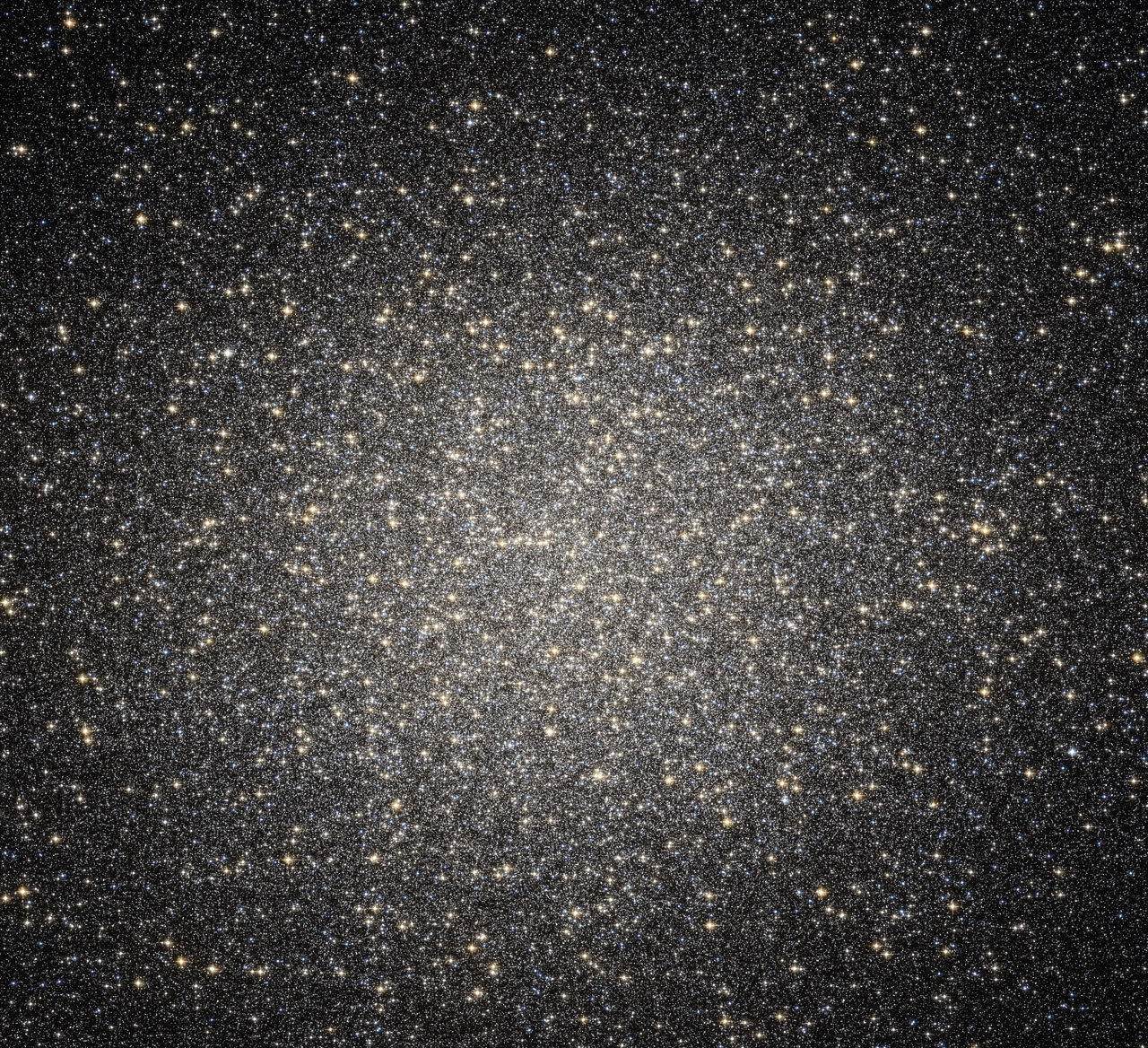Recently, I have had the opportunity to examine Dr. Pryor's work. Among his work with globular clusters and dwarf galaxies, there were hints that the possibilities of IMBHs (intermediate mass black holes) existed in some of the systems studied. Relating to this field, the most notable celestial phenomenon is Omega Centauri. This system has undergone many classifications: Over two thousand years ago, Ptolemy catalogued it as a single star. In 1677, Edmond Halley classified it as a nebula. In the 1830s, John Herschel recognized it as a globular cluster. Now, astronomers are not so sure that Omega Centauri is a globular cluster, but in fact a dwarf galaxy that has had its outer stars stripped. You might be tempted to ask: What is the basis for the reasoning that Omega Centauri is a dwarf galaxy and not a globular cluster? It shares all of the properties of regular globular clusters, so what's the deal? It turns out that Omega Centauri, although similar to other globular clusters, is a bit more unique in terms of its physical description. It rotates faster than the general distribution of globular clusters, it is also highly flattened and contains many generations of stars (typical clusters only have one generation of stars). Furthermore, Omega Centauri is about ten times more massive than the average globular cluster, making it nearly as massive as a dwarf galaxy! Moreover, the speeds of stars closer to the center of the system are relatively incredibly higher than expected. The stellar velocities are directly tied to the mass of the cluster itself; the findings indicated that the mass of Omega Centauri was not enough to compensate for the speeds observed. Rather, the team at the Max-Planck Institute for Extraterrestrial Physics highly suggested that in order to properly account for the speeds observed, there would have to be a black hole at the center of Omega Centauri that has approximately 40,000 solar masses! Before any justified skepticism from the viewers, there is precedent for this type of research. There was a globular cluster in Andromeda classified as "G1" that shared these properties and had an IMBH in its center. This further supports the idea that Omega Centauri has an IMBH in its center as well! It is hypothesized that past interactions with the Milky Way caused Omega Centauri to distort, and it is also suggested that this system could be a possible model for black hole formation. For anyone interested, the link is here: http://www.spacetelescope.org/news/heic0809/

No comments:
Post a Comment